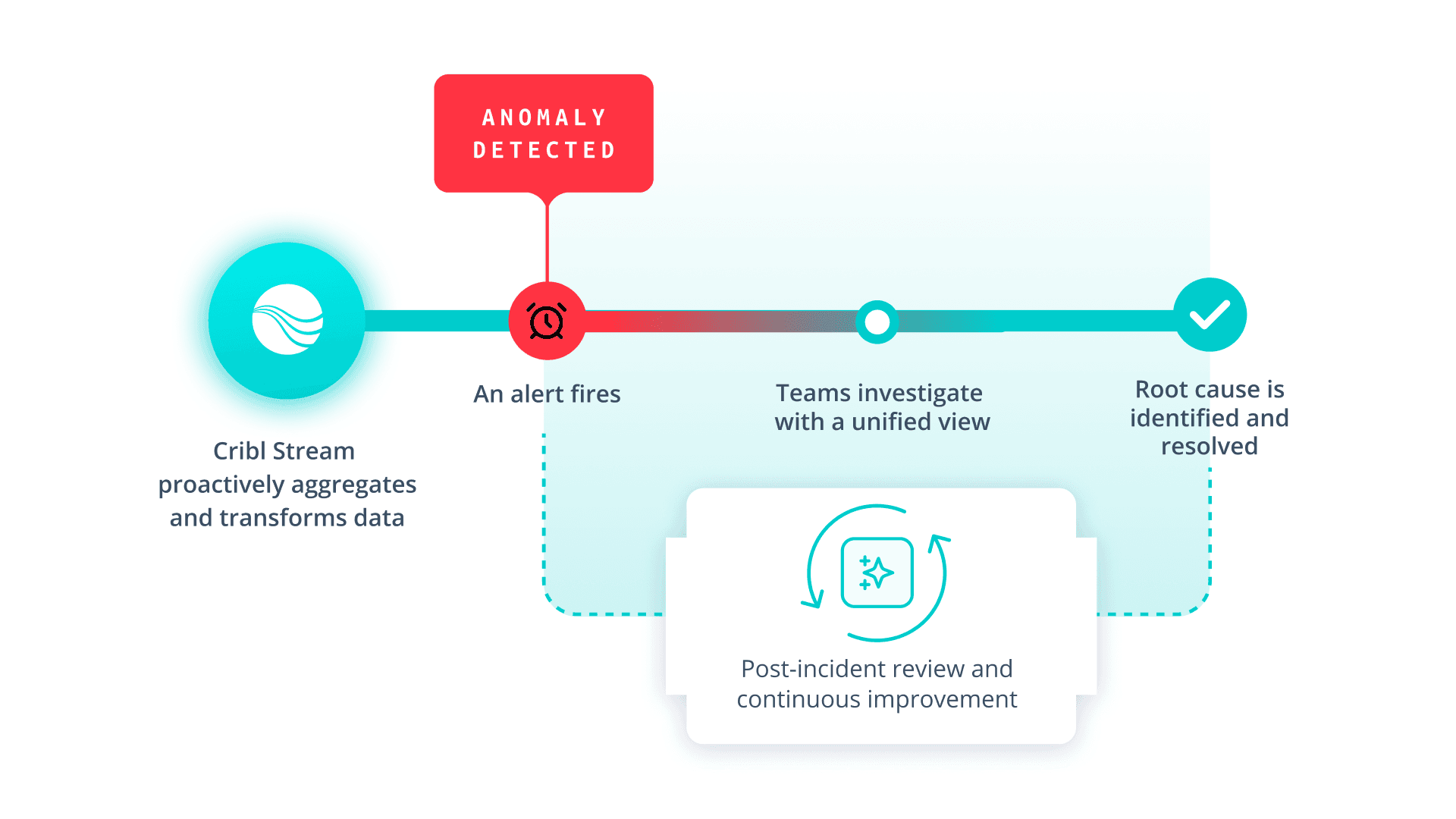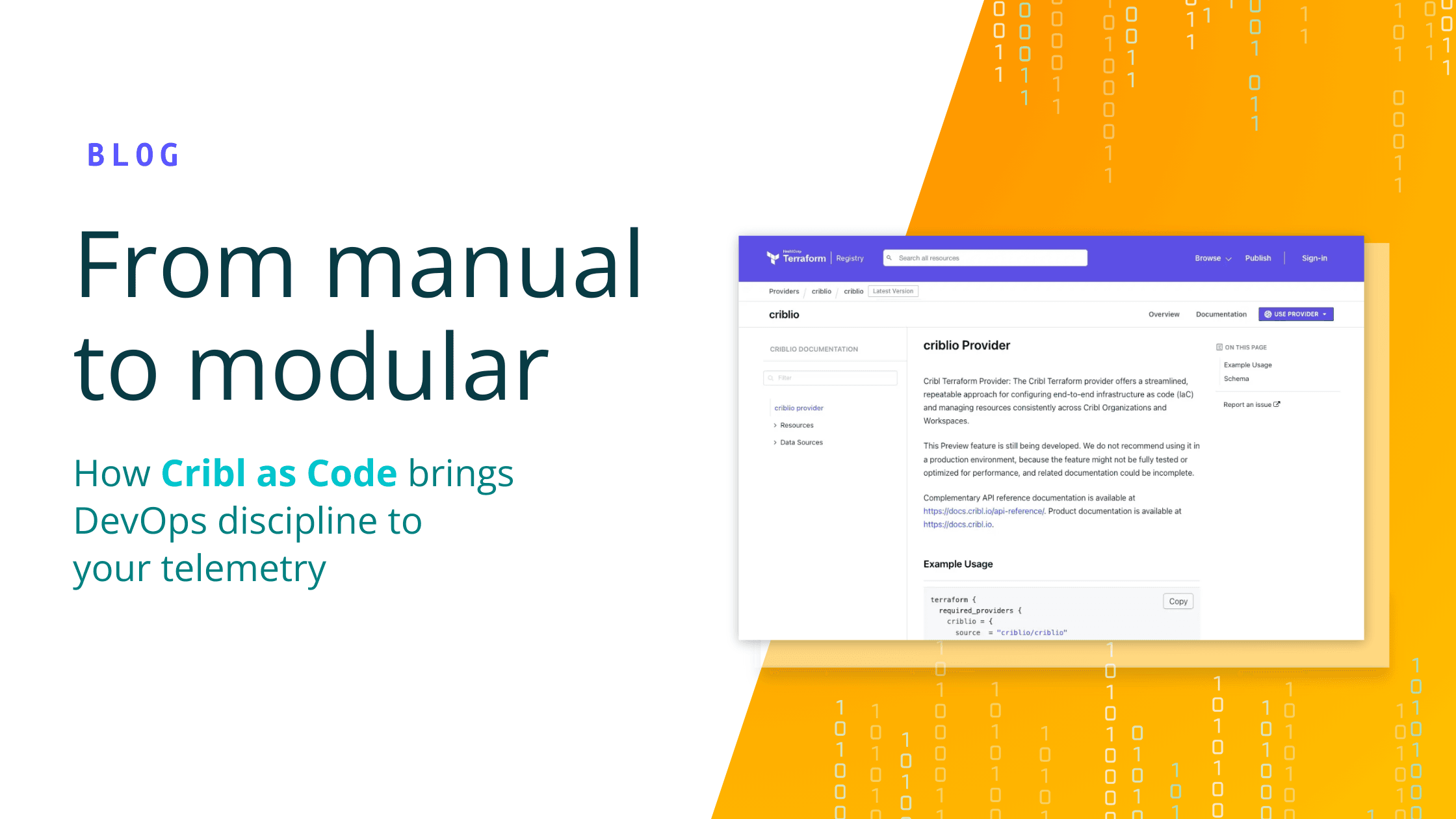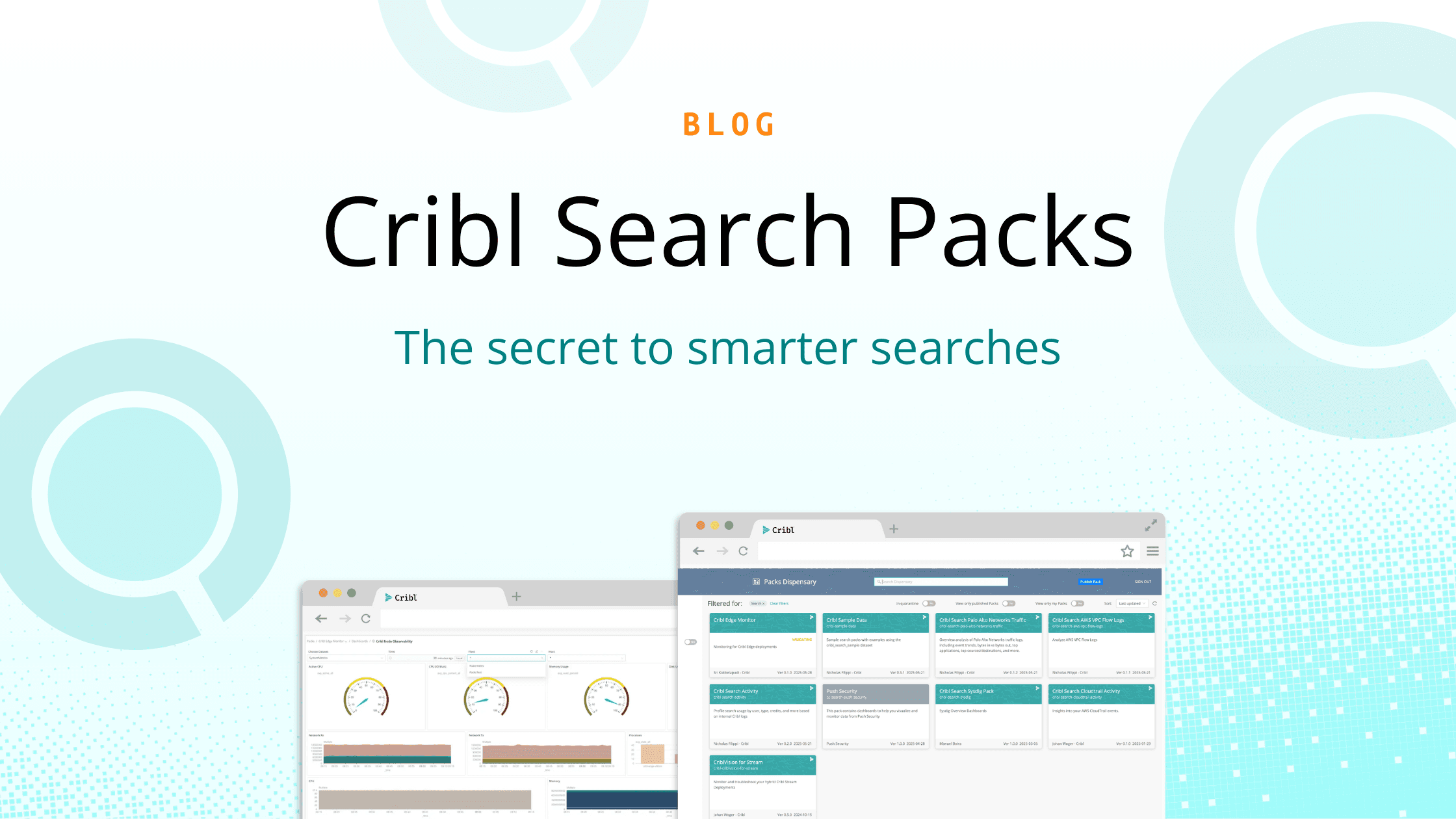Imagine this: it’s 2 a.m. An alert blares. Your team scrambles, trying to piece together what’s happening. Data is scattered across tools, logs are fragmented, and every second counts.
The pressure is on.
Leadership is watching, customers are waiting, and your team’s reputation is on the line. We’re not just fixing systems. This is about keeping the business running, customers happy, and your team sane.
Mean Time to Resolution (MTTR) is a metric that can break trust, burn budgets, and truly test your team’s resilience. When MTTR is high, everyone feels it.
For DevOps and SRE teams, fast, effective incident response is highly important but not always easily achievable.
The many meanings of MTTR
First, let’s clear up what MTTR really means. It stands for Mean Time to Resolution, but it’s often confused with related metrics like MTTD (Mean Time to Detect) and MTTR (Mean Time to Repair— yes, the acronym gets reused). Here’s a quick breakdown:
Mean Time to Detect (MTTD): How long it takes to realize something is wrong.
Mean Time to Insight (MTTI): How long it takes to identify the source of the problem. Also known as Mean Time to Clue (MTTC).
Mean Time to Repair (MTTR): How long it takes to fix the issue.
Mean Time to Resolution (MTTR): The total time from incident start to full resolution, including detection, diagnosis, and repair.
Sure, high MTTR is a technical problem, but it’s also a business risk. The longer it takes to resolve incidents, the more downtime, lost revenue, potential penalties, and frustrated customers you’ll have. It’s also a direct risk to your organization. On-call burnout is real — leading to disengagement and resignations of your best engineers, and makes preventing and resolving future incidents even more difficult.
The challenge of fragmented data
So, what’s holding teams back from lowering MTTR? One word: fragmentation.
Modern IT environments are complex. Telemetry data lives in dozens of places: across clouds, on-premises systems, in third-party tools and more. When an incident hits, you need to pull data from multiple sources just to understand what’s happening. This slows everything down. You waste time searching for logs, correlating events, and troubleshooting blind.
Data silos are the enemy of fast incident response. Teams get stuck in endless cycles of data wrangling, while the clock ticks and the pressure mounts.
One of our customers, a regional energy utility, needed to get data from more than 50 disparate sources, ranging from commoditized monitoring solutions to highly specialized utility data. Just to integrate the data sources initially required custom engineering and a ton of manual effort.
“Ten years ago, we would have to go write collectors or parsers to make integrations between data sources,” explained their Director of Enterprise Security. “Getting telemetry from a Linux box to your main monitoring system shouldn’t be hard, but it is.”
They were stuck dealing with low, error-prone data flows, and their teams were bogged down by integration work instead of focusing on incident resolution.
This is where Cribl Stream comes in.
How to reduce MTTR with Cribl Stream
Cribl Stream helps IT and security teams build telemetry pipelines that collect, reduce, enrich, and route telemetry data from any source to any tool. In simple terms, Stream acts as a central hub for your logs, metrics, and traces, making sure the right information gets to the right place, in the right format, at the right time.
This approach brings several key benefits:
Unified data management: Cribl Stream eliminates silos by bringing together data from across your environment.
Powerful data processing: You can filter, enrich, and normalize data before it reaches your analytics tools.
Enhanced visibility and quicker troubleshooting: With all your data centralized and standardized, teams gain a clear, real-time view of system health and can pinpoint issues faster than ever.
For a deeper dive into how observability pipelines work, check out this blog post: The Observability Pipeline.
Step-by-step: How a team resolves an incident faster with Cribl Stream
Let’s walk through how a DevOps or SRE team uses Cribl Stream to resolve an incident more quickly:
An alert fires.
Your monitoring tool detects an anomaly or outage. An incident is created in your on-call or service desk platform (e.g., PagerDuty, ServiceNow, or other platforms). The team is notified, and the clock starts ticking on MTTR.Cribl Stream has proactively aggregated and transformed data.
Before an incident even occurs, Cribl Stream brings in data from relevant sources — cloud services, on-prem servers, network devices, and third-party tools. It normalizes, enriches, and filters the data, delivering it to your observability, on-call, and service management systems in a consistent, actionable format.Teams investigate with a unified view.
With clean, centralized, and standardized data already available in their observability tools (or via Cribl Search), engineers can quickly search, correlate, and analyze events across the entire environment. There’s no need to jump between tools or struggle with incompatible formats, because Cribl Stream has already done the heavy lifting.Root cause is identified and resolved.
Armed with complete, contextualized data, the team pinpoints the root cause and implements a fix, often in a fraction of the time it would take without Cribl Stream.Post-incident review and continuous improvement.
After the incident is resolved, teams can use Stream’s enriched data to conduct a thorough root cause analysis (RCA) and identify opportunities to automate or improve processes for next time.
Real wins from the field
Teams using Cribl Stream see real, measurable results, like reduced incident response times, increased uptime, and improved team morale. Faster resolution means less downtime and happier customers, and less time spent on data wrangling means more time for meaningful work.
Here are some specific wins from actual Cribl customers:
Saved 3 days per data request: One customer reported that, by using Cribl, they now save an average of 3 days per data request. This dramatic reduction in time-to-answer means teams can move faster, make better decisions, and keep projects on track.
Reduced MTTR by 95% for compliance and regulatory workflows: For another organization, Cribl Stream helped cut MTTR by 95%, especially for critical workflows involving GDPR and other compliance requirements. This not only accelerates incident response but also minimizes risk and regulatory exposure.
Instrumental in achieving annual MTTR goals: “Every year one of our top objectives is to reduce our MTTR, Cribl has been instrumental in helping us achieve tangible results this year.”
–Senior Director of Service Intelligence, Fortune 20 Health Insurance Provider
These examples show how Cribl Stream can transform incident management, streamline data access, and empower teams to meet (and exceed) their operational goals.
Integrations and extensibility
Cribl Stream is designed to work with the tools you already use. Key integrations include:
OpenTelemetry (OTel): Collect and route traces, metrics, and logs from cloud-native apps.
Prometheus: Get your metrics where you need them, in the right format.
Splunk software, Grafana, Datadog, Dynatrace, New Relic, Elastic, and more: Send enriched, normalized data to your favorite analytics platforms.
You don’t have to rip and replace your existing infrastructure. Cribl enhances your current setup so you can centralize, transform, store, and analyze data more efficiently, directly addressing the root causes of high MTTR.
Why now: The observability stakes have changed
The need for better observability has never been greater. Here’s why:
Cloud-native architectures: More complexity, more data sources, more potential points of failure create unnecessary chaos.
Increasing system complexity: Microservices, containers, and serverless functions make troubleshooting harder.
Demand for unified observability: Teams need a single pane of glass to understand what’s happening across their entire environment.
Cost of observability: The amount of telemetry you collect grows exponentially each year, putting your observability license and infrastructure budgets at risk of surprise overages.
These trends make it essential for teams to adopt solutions like Cribl Stream. If you’re still wrestling with fragmented data and high MTTR, now is the time to act.
Turn downtime into trust
Reducing MTTR isn’t only about fixing technical problems, it builds trust, improves customer satisfaction, and keeps your team focused on what matters most. Cribl Stream gives you the tools you need to centralize, transform, and route your data, so you can identify and resolve incidents faster and with less stress.
The benefits are clear: lower MTTR, higher uptime, and happier teams. If you’re ready to take control of your observability data and reduce MTTR, explore what Cribl can do for you. The sooner, the better.
Want to see Cribl in action? Check out our sandboxes or read a case study to learn how other teams have transformed their incident response processes and telemetry data.







